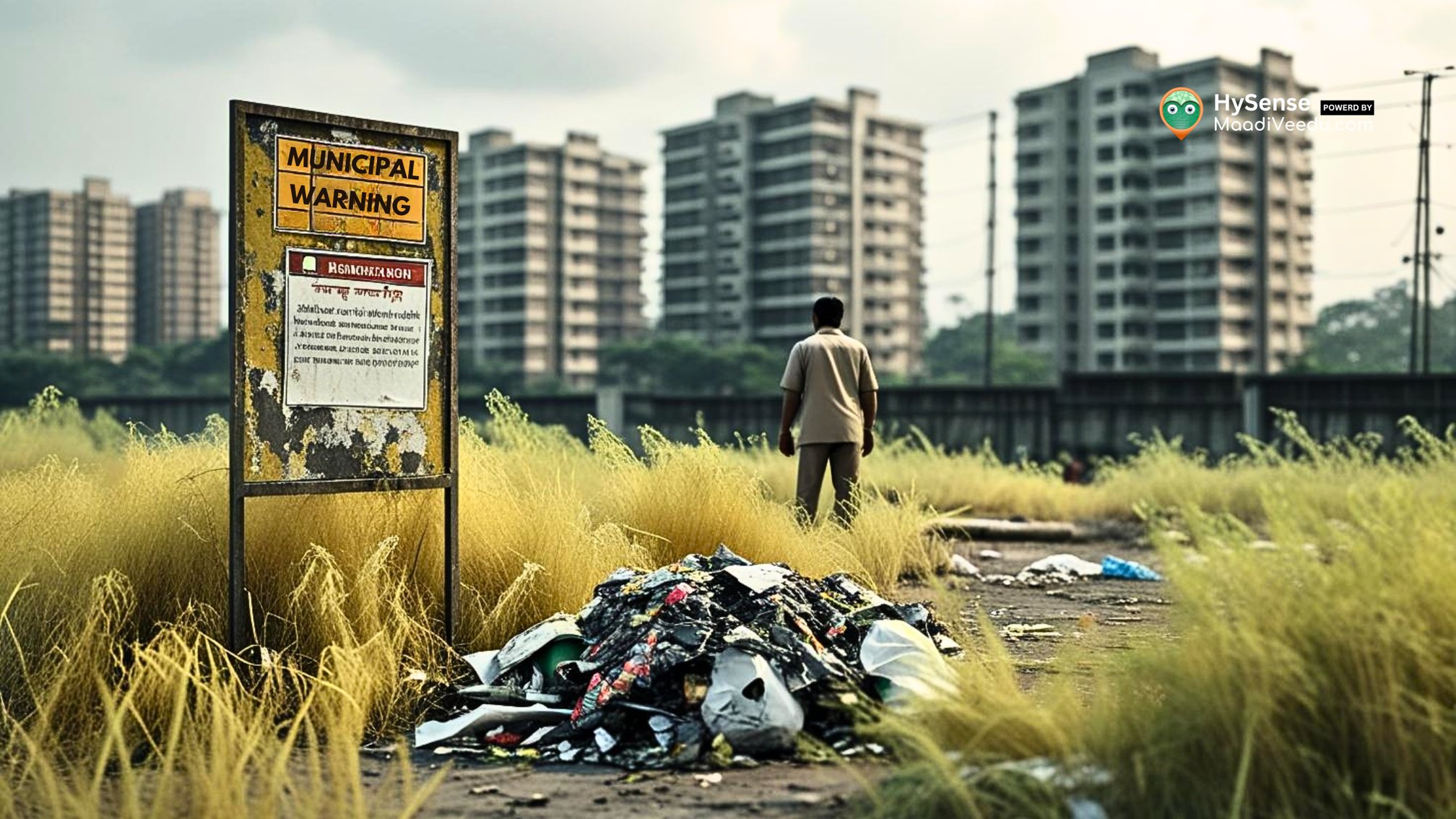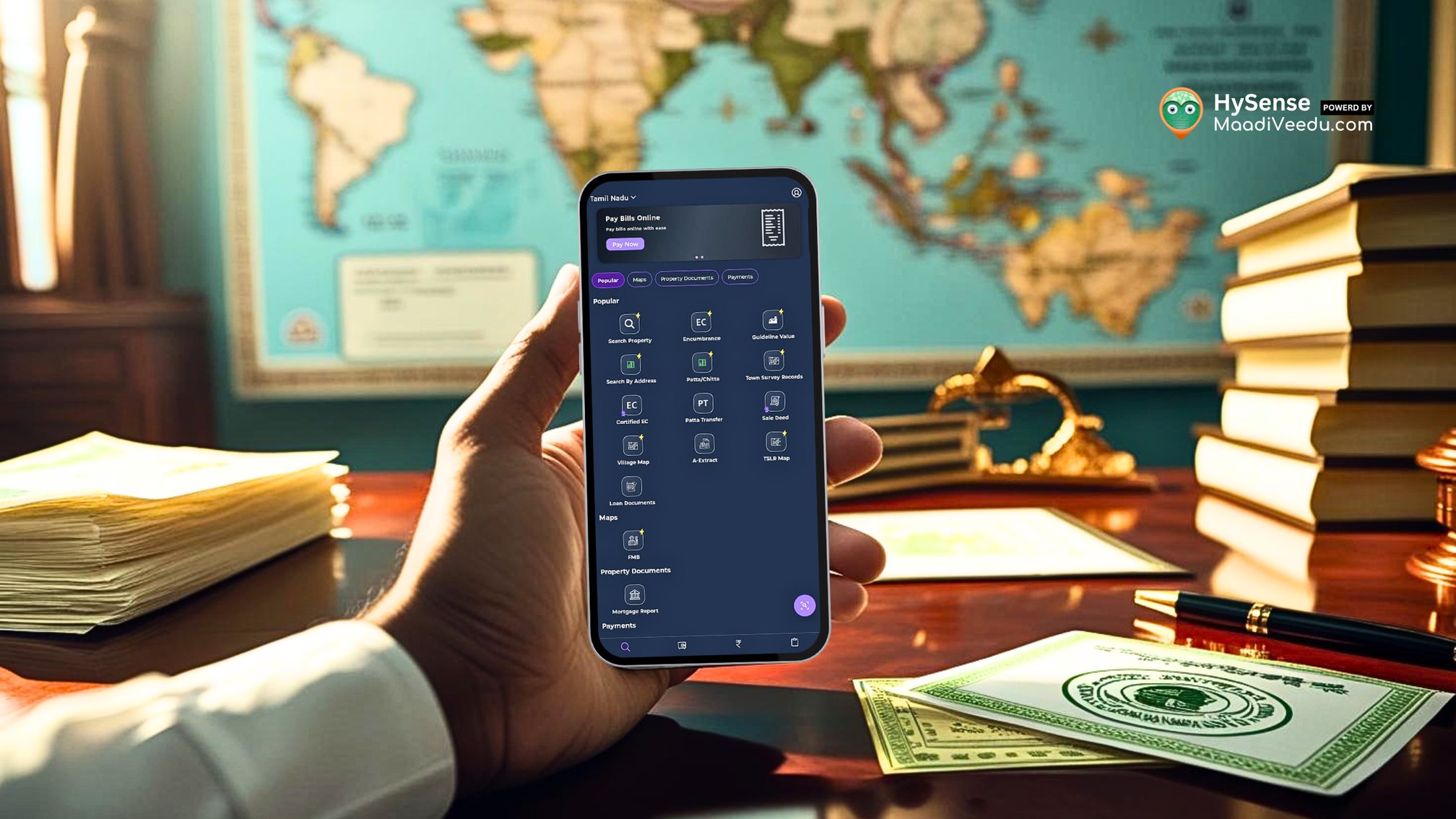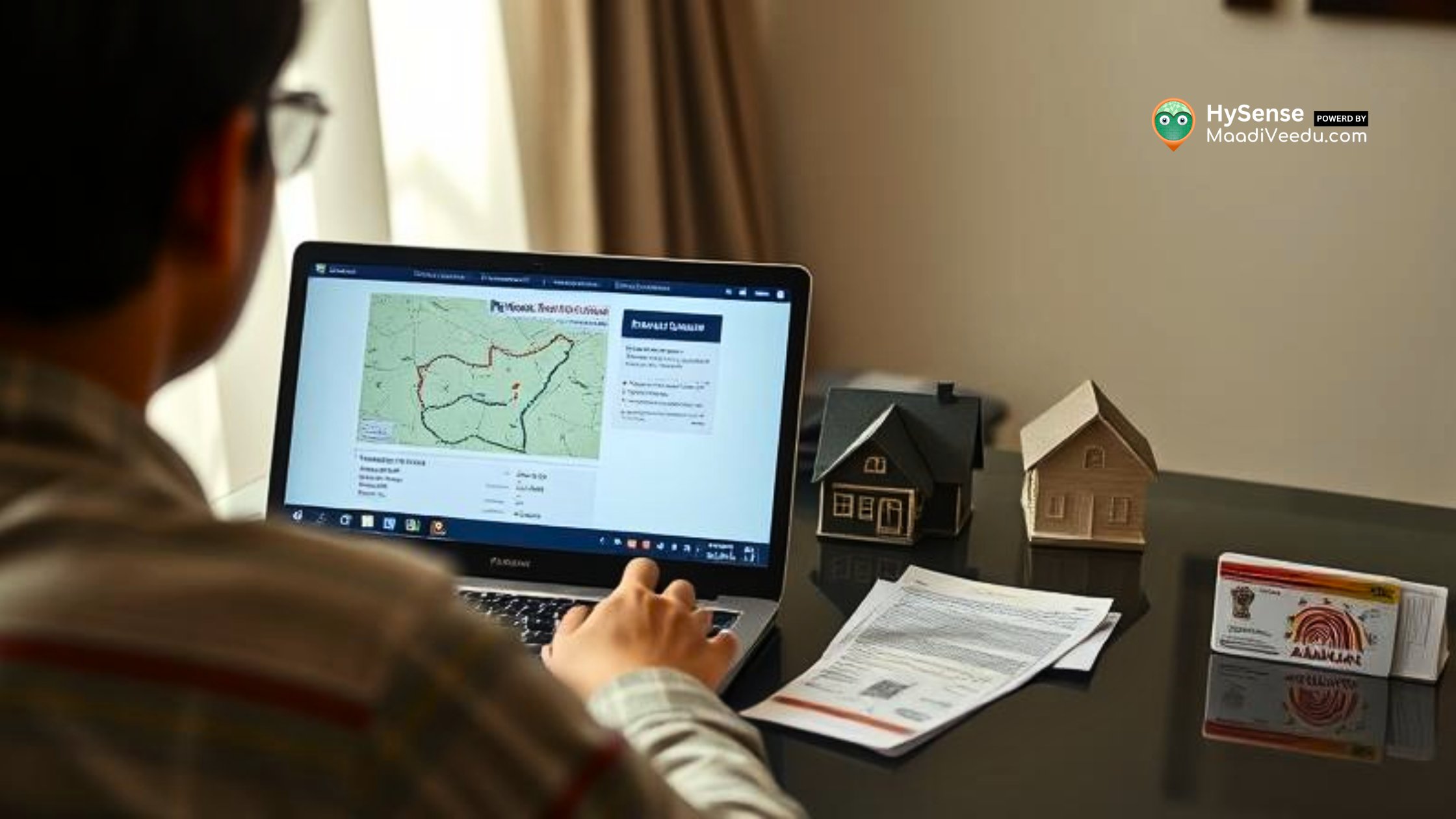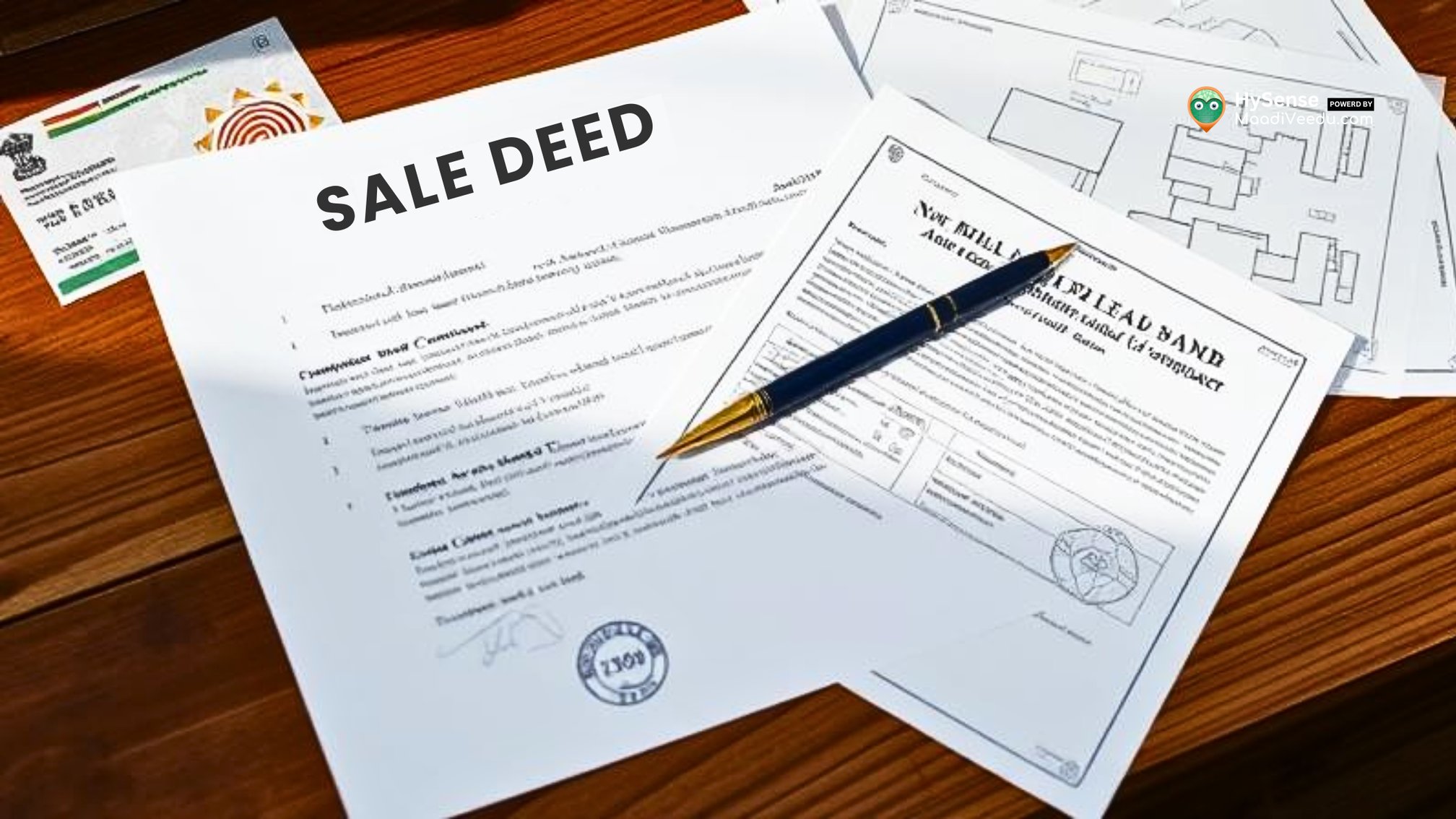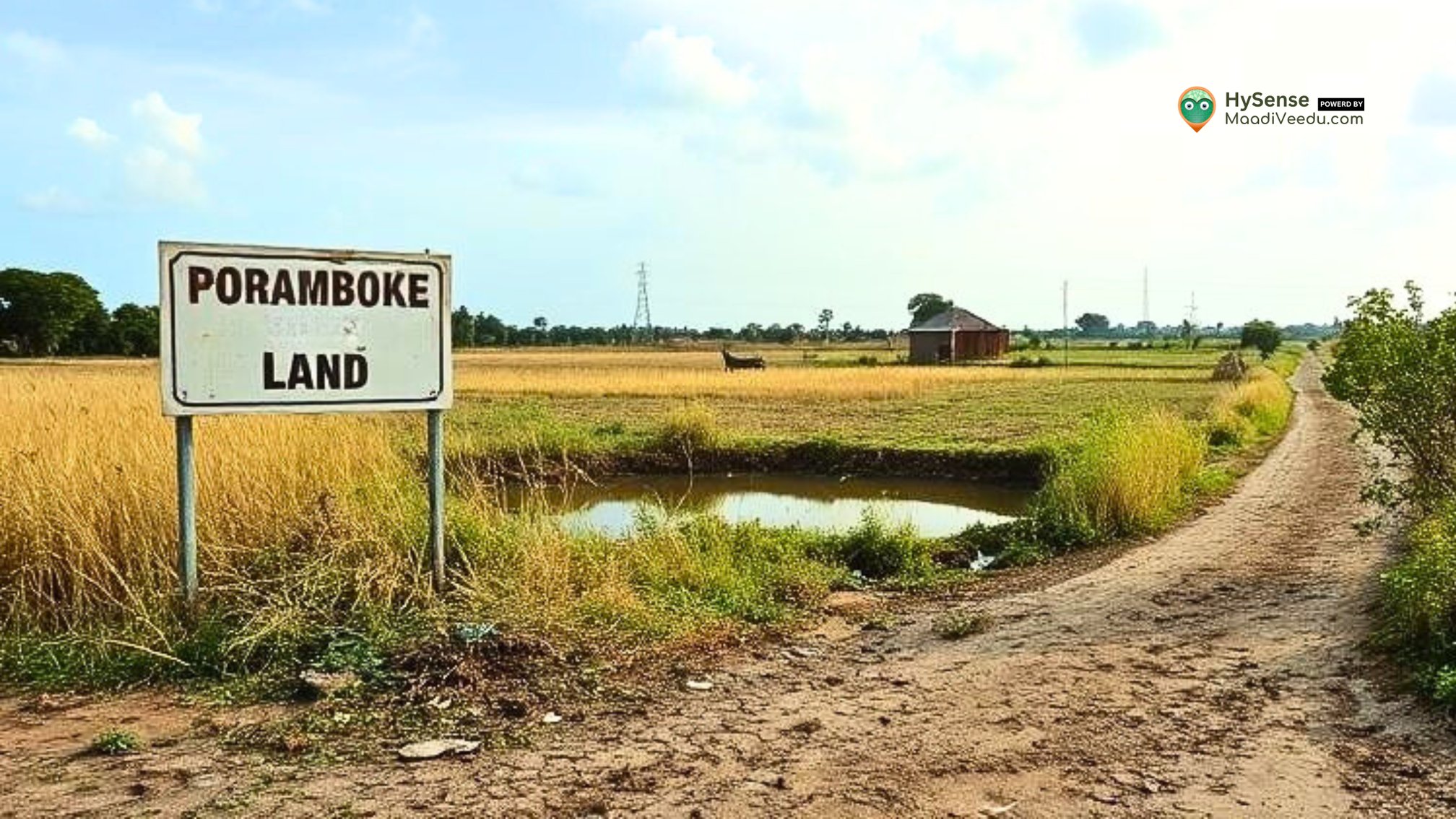Jamabandi and Patta – A Detailed Comparison for Landowners in India
Learn the key differences between Jamabandi and Patta, their roles in land ownership, transactions, and how to obtain them for legal land documentation in India.
Table of Contents
Think You Own Land Just Because You Have a Sale Deed? Think Again.
In land ownership, one mistake many people make is thinking a sale deed is the only document that proves ownership. But that’s only half the truth.
Imagine buying land and later discovering your name isn’t reflected in the government’s land records. That’s where Jamabandi and Patta come into play. These two documents are often misunderstood—but they can make or break a land transaction.
What You’ll Learn in This Blog:
- Clear explanation of Jamabandi and Patta
- Real-world examples of how they impact ownership
- State-wise usage and importance
- Step-by-step guides to apply for both documents
- Expert tips to avoid legal problems
Whether you are buying, selling, inheriting, or even applying for a loan, this blog will help you protect your land rights with the right documents.
Looking for land with verified ownership records? Explore available plots that include both Patta and Jamabandi documentation for added peace of mind.
What Is Jamabandi? – A Snapshot of Your Land’s History
Jamabandi is a government land record maintained by the Revenue Department. It is part of the Record of Rights (RoR) and gives detailed information about:
- Who owns the land
- Size and type of land (agricultural, barren, etc.)
- How the land is being used
- Ownership history, including any disputes, transfers, or tenants
It also lists tax dues, cultivators’ names, crop types, and tenancy if any.
Each Jamabandi entry is linked with:
- Khasra number – unique land parcel ID
- Khatauni number – family ownership record
Jamabandi records are usually updated every 4 years during a revenue process called Settlement.
States Where Jamabandi Is Common:
- Punjab
- Haryana
- Himachal Pradesh
- Rajasthan
- Jammu & Kashmir
Important: While Jamabandi shows historical and usage information, it does not give legal ownership rights on its own.
What Is Patta? – Your Legal Title to the Land
Patta is a legal ownership certificate issued by the Village Administrative Officer (VAO) or Tahsildar. It confirms the title of land in your name in government records.
A valid Patta is often the strongest proof of ownership, especially in southern states.
Information on a Patta:
- Owner’s full name
- Survey number and sub-division
- Land classification – wet/dry/agricultural/residential/commercial
- Extent and exact location of the land
- Whether the land is government or private property
States Where Patta Is Common:
- Tamil Nadu
- Andhra Pradesh
- Telangana
- Karnataka
Legal Use: Patta is essential for land mutation, bank loans, registration, and dispute resolution.
Why Most People Get Confused Between Jamabandi and Patta
The confusion arises because both documents deal with land—but their purpose and legal strength are completely different.
Here’s a simple table to help you understand:
Real-Life Example You Should Know
Let’s say Kumar from Tamil Nadu inherited farmland from his father. He holds a Patta in his name but forgot to update Jamabandi after mutation.
Now, a buyer is interested, but during verification, the Jamabandi shows Kumar’s grandfather as the owner.
To avoid this, Kumar must:
- Update mutation records
- Apply for Jamabandi correction
Without proper updates in both records, the registration may get delayed or even rejected by banks or sub-registrars.
How to Apply for Jamabandi – Step-by-Step Guide
1. Visit Revenue or Tehsildar Office
Approach the local office handling land records in your district.
2. Submit Required Documents:
- Aadhaar card
- Sale deed
- Property tax receipts
- Mutation order (if any)
3. Provide Land Details:
Mention:
- Khasra number
- Khatauni number
- Village and district
- Plot size and type
4. Submit a Formal Application
Include your purpose – buying, mutation, legal use, etc.
5. Pay the Fees
A small fee may apply. Collect the official receipt.
6. Verification by Officials
They will match your documents with official records.
7. Collect Your Jamabandi Copy
Either from the office or download it online (if your state offers it).
8. Cross-Check Entries
If there’s an error, immediately request a correction.
9. Apply for Mutation (If Needed)
Ensure your name appears as the current landholder.
Online Jamabandi Access Links:
- Jammu & Kashmir – https://landrecords.jk.gov.in
- Haryana – https://jamabandi.nic.in
- Punjab – https://plrs.org.in
How to Apply for Patta – Step-by-Step Guide
1. Visit the Local VAO or Revenue Inspector Office
This is where Patta applications are handled.
2. Carry Documents:
- Sale deed copy
- Aadhaar card
- Encumbrance Certificate (EC)
3. Fill the Patta Application Form
Available at the office or online (for some states)
4. Field Inspection by Officials
They will verify boundaries, land type, and encroachments.
5. Approval and Issuance
Once approved, you will get a Patta with a unique number and survey details.
Tamil Nadu Patta Online Portal:
Read also: How to Apply, View and Download Patta/Chitta Online in Tamil Nadu – Step-by-Step Guide
Final Words – Own Land? Then Know This.
Your land is valuable—but only if your name appears in official records.
- Jamabandi shows how your land was used, who owned it before, and tax history
- Patta proves you own it now, legally and officially
Before buying, selling, or inheriting land, make sure both documents are in your name and updated.
It saves you years of trouble—and protects your rights fully.
Explore simplified land tips and real estate insights on: blog.maadiveedu.com
Looking to buy land with clear Patta and Jamabandi records? Start your search at: MaadiVeedu.com – properties verified and ready to invest.
FAQs – Common Questions Answered
1. Is Patta needed if I have a sale deed?
Yes. A sale deed shows you bought the land, but Patta proves the government recognizes you as the owner.
2. Can I get Jamabandi or Patta online?
Yes, in most states. But final verification usually happens at the local office.
3. Does Patta mean land is dispute-free?
No. You must check Encumbrance Certificate and Jamabandi to be 100% sure.
4. What is mutation and is it important?
Mutation is the official process to update land ownership in government records. It's mandatory after any sale or inheritance.

